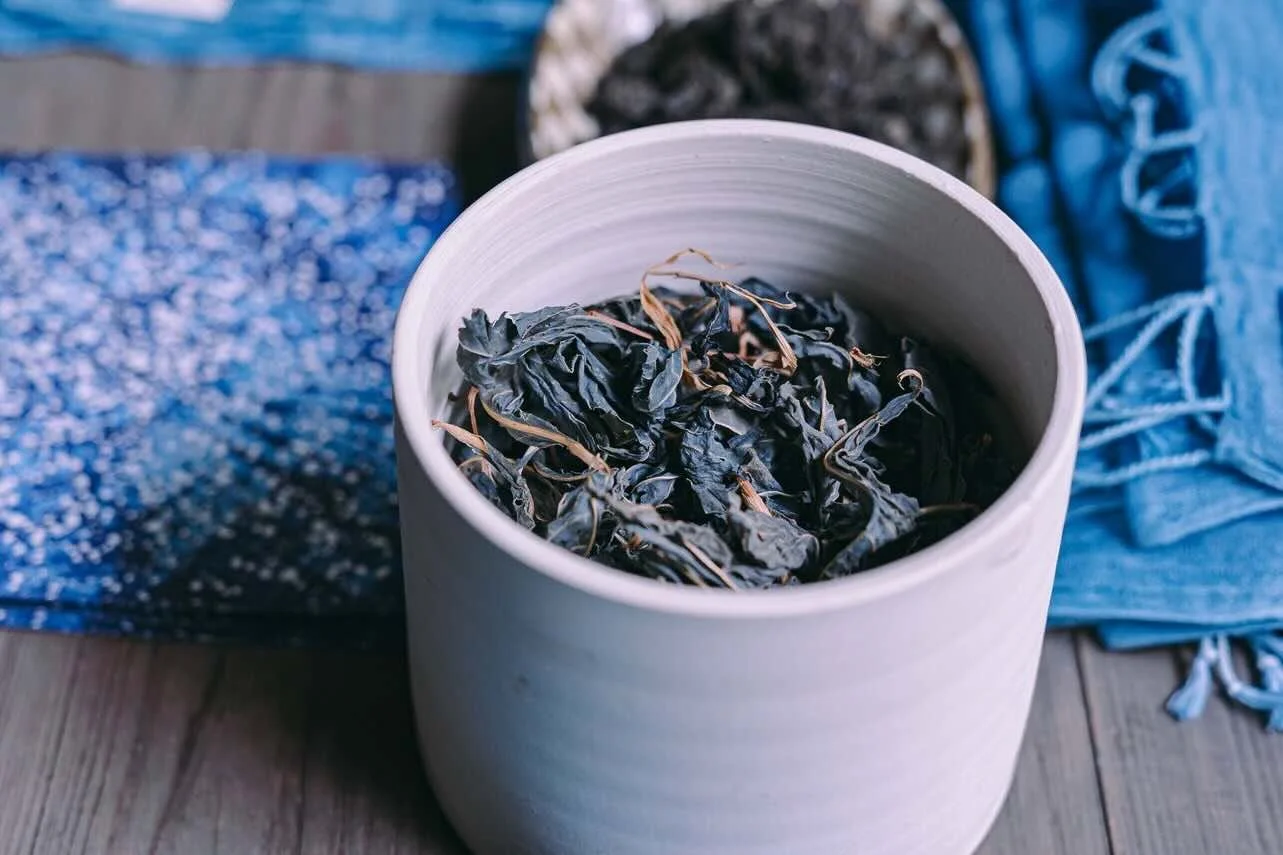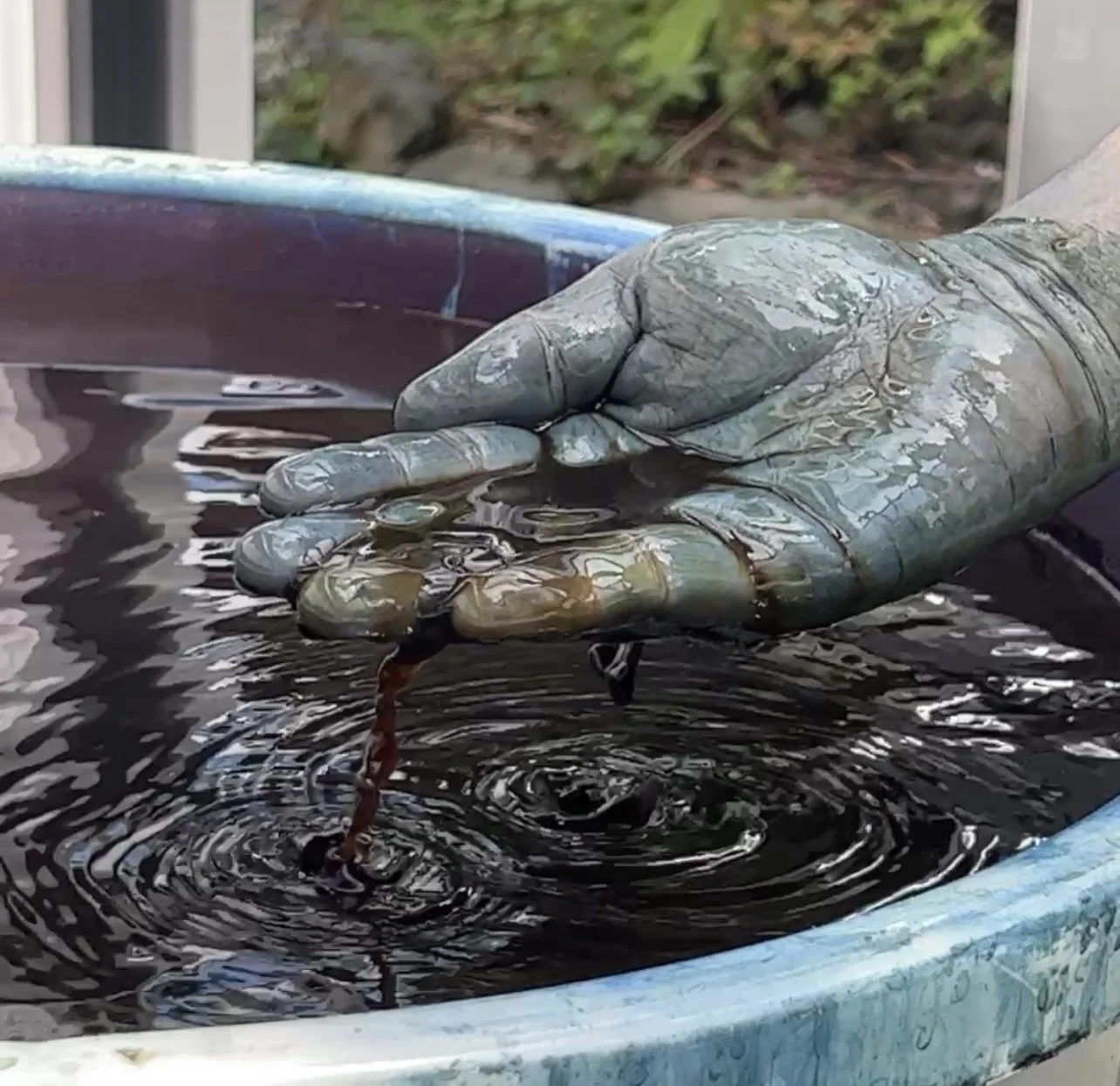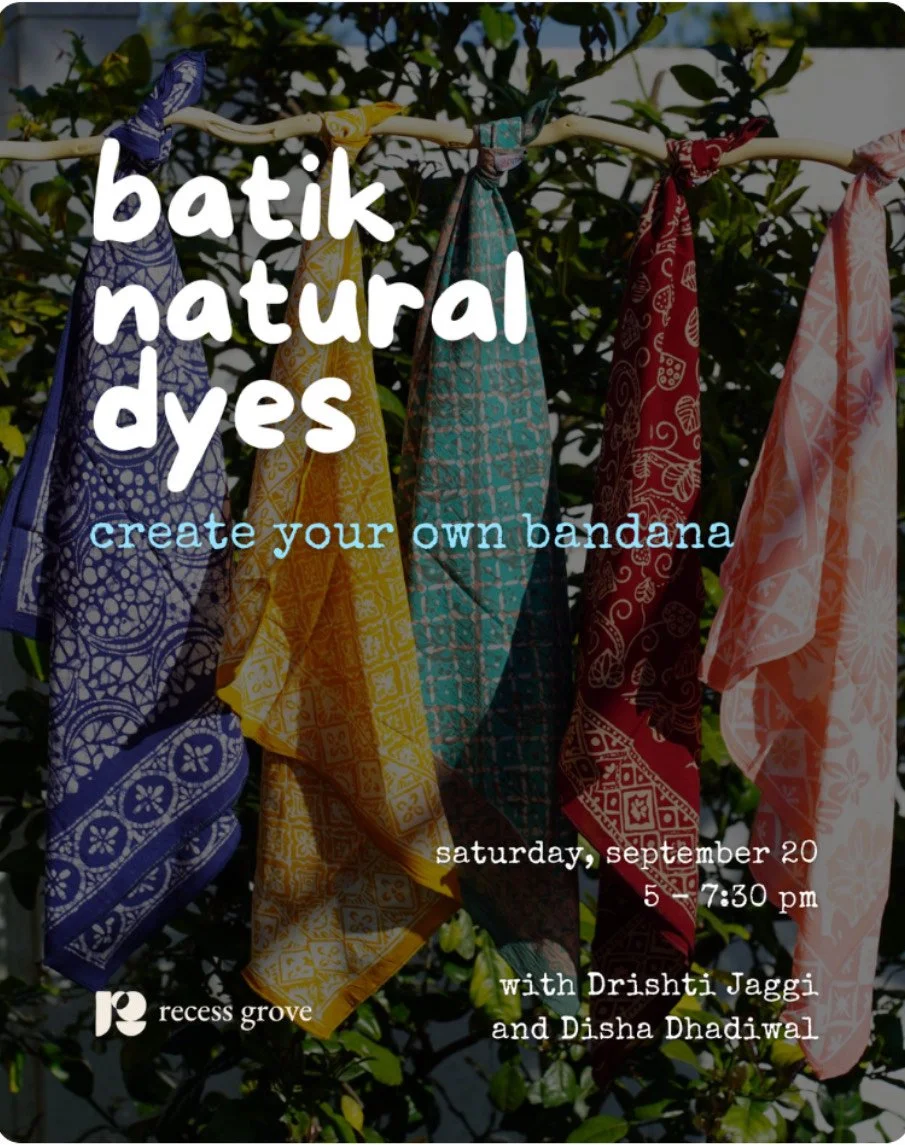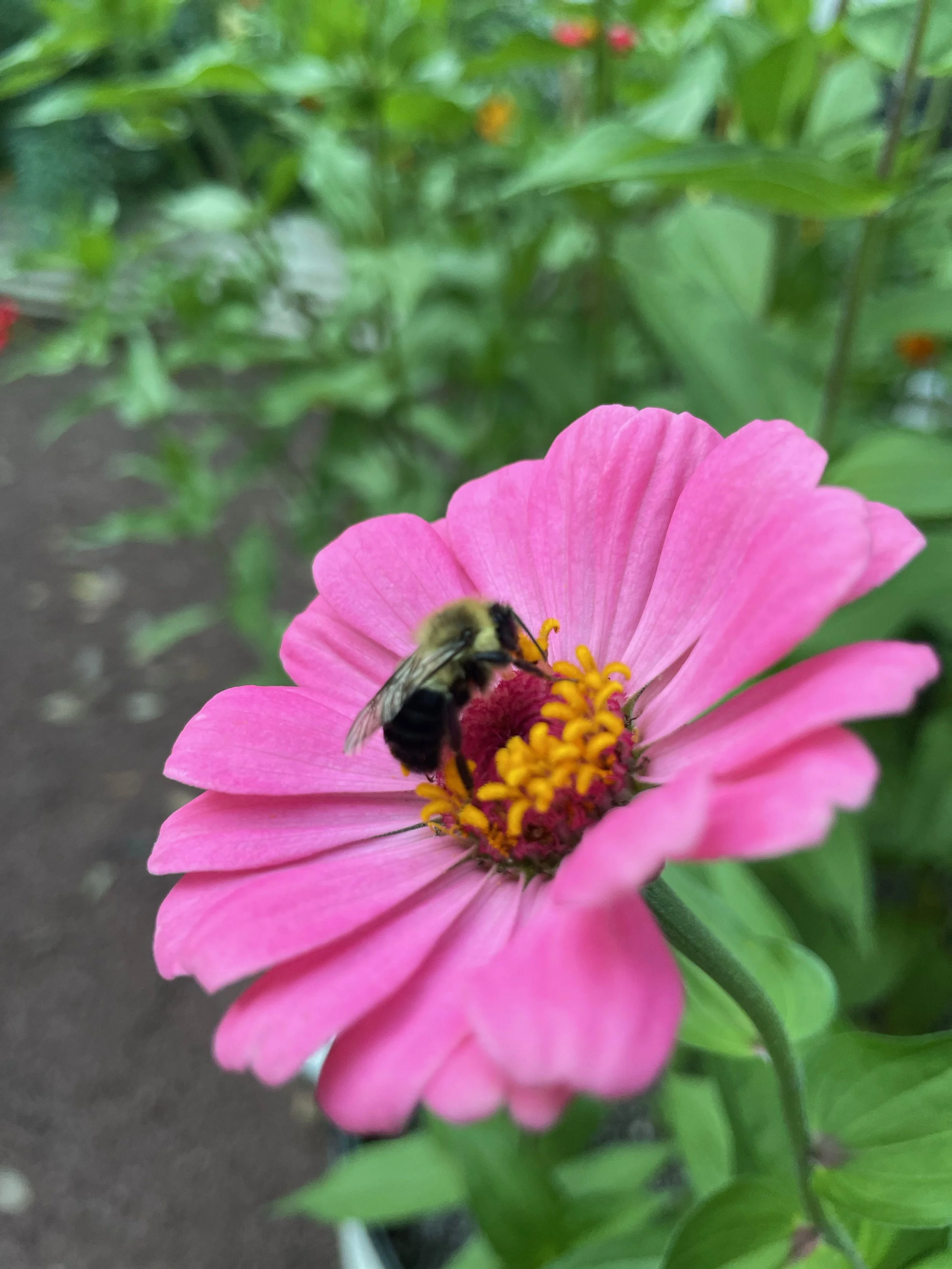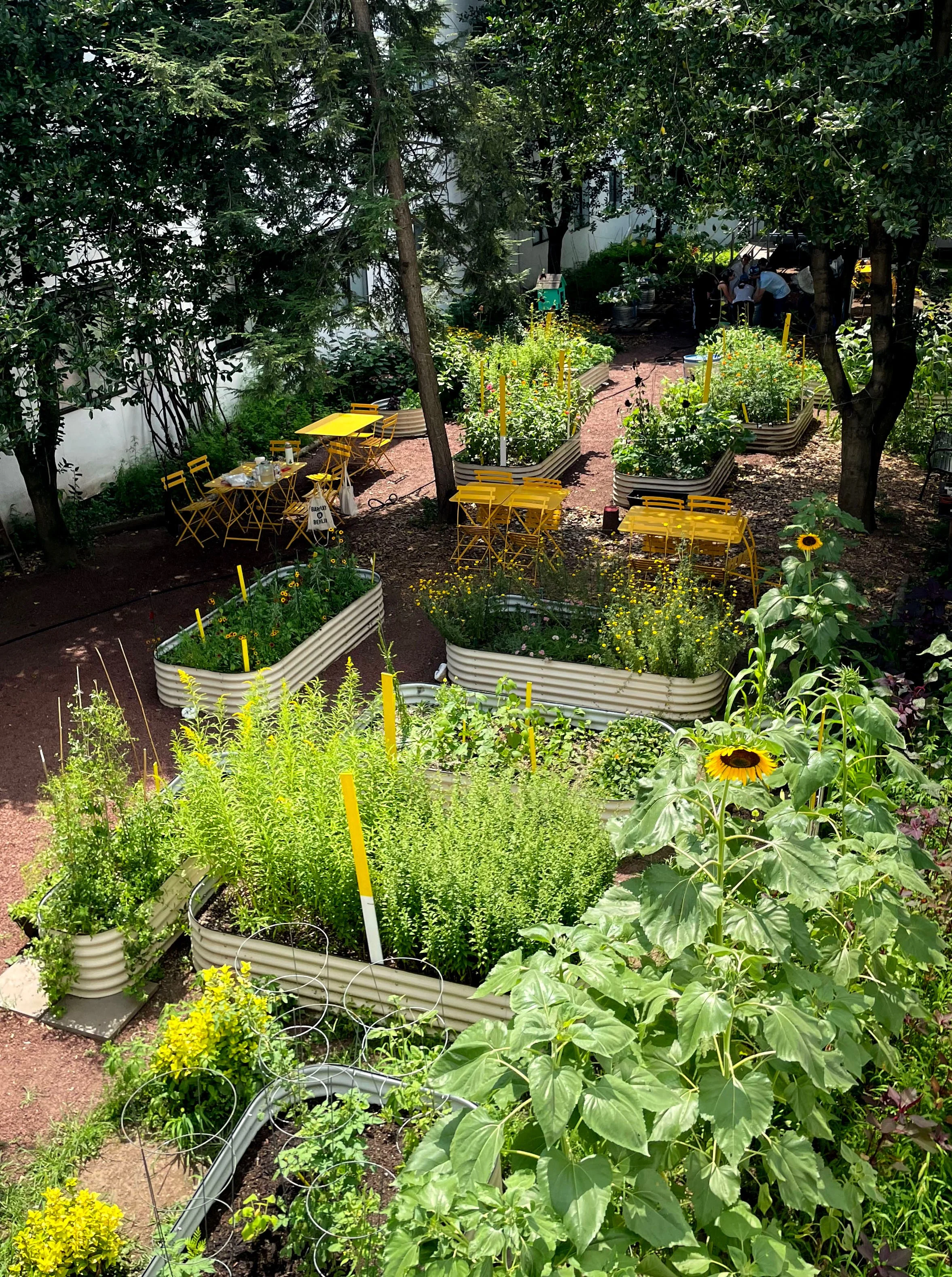
NYTM 2025 Single Day Events
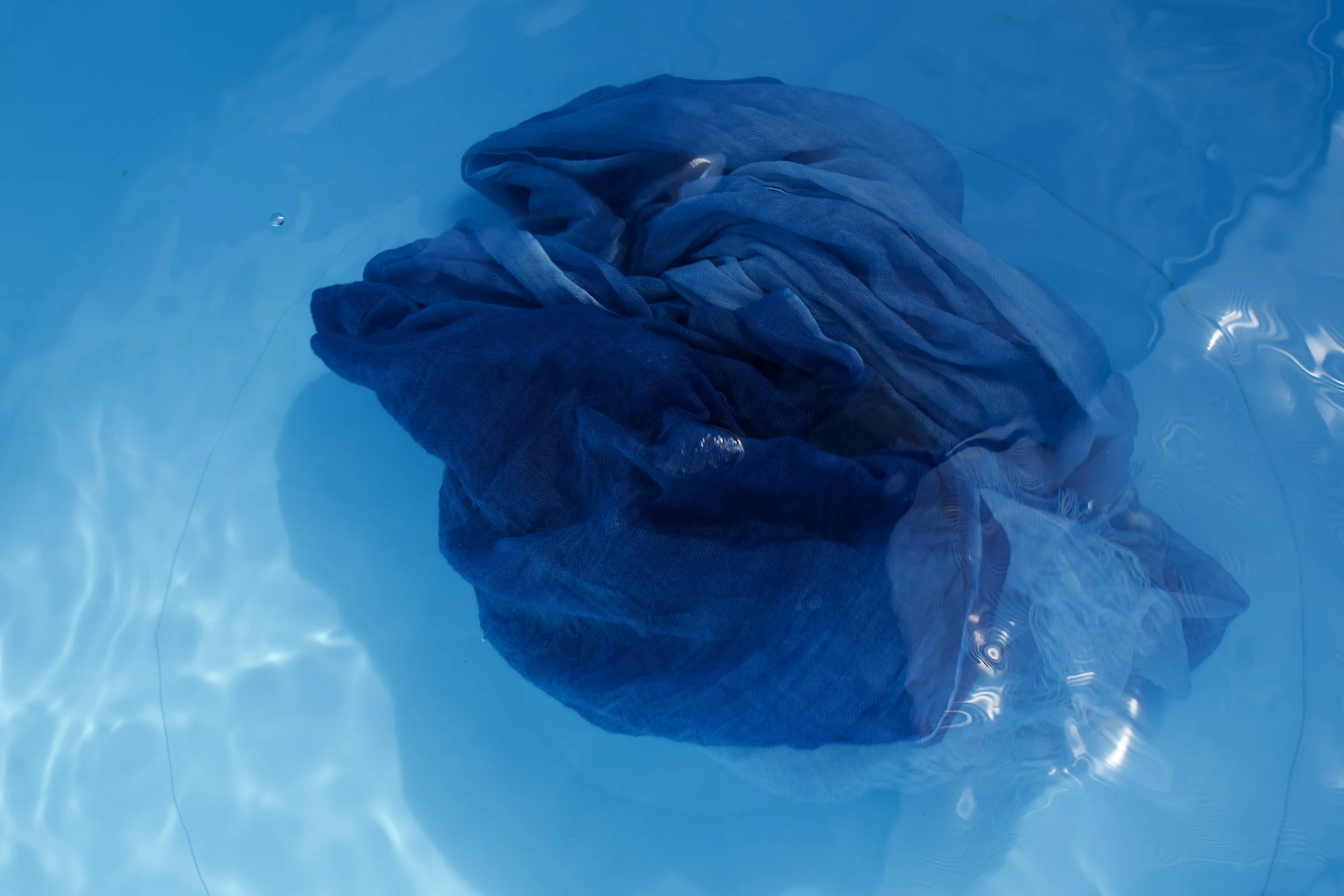
Living Kyō-ai Indigo & Beeswax Resist Dyeing Workshop
In person / Workshop / Dyeing
In this workshop, participants will experience indigo dyeing with Kyō-ai, prepared by Matsuzaki in Japan and further fermented at Loop of the Loom. Each person can choose to dye either a tenugui scarf or a high-quality bandana while learning the ancient hand-drawn resist-dyeing technique using 100% organic beeswax, reimagined in a modern design. Through this process, participants will draw patterns freely with beeswax and uncover the luminous, transparent beauty that is unique to Kyō-ai.
Following the hands-on workshop, Matsuzaki will give you a lecture while your dye projects are drying. Join us for this rare opportunity to learn directly from an artisan of Kyoto indigo and to discover the living color that continues to inspire across generations.
Riku Matsuzaki is an indigo artist and craftsman who revived “Kyo-ai,” a lost Kyoto indigo dye tradition that had vanished for over 100 years. At age 22, he was struck by the term “Japan Blue” while in New York and chose to pursue dyeing after returning to Japan. He apprenticed under Yukio Yoshioka, the fifth-generation master of a 200-year-old Kyoto dye workshop. After Yoshioka’s passing, Matsuzaki began cultivating indigo on a 350 sqft plot of land using traditional, chemical-free methods. He practices a sustainable cycle where even waste dye is returned to the soil. In 2024, he was named one of Forbes JAPAN’s 30 Culturepreneurs and collaborated with Valextra, a high-end Italian leather brand.
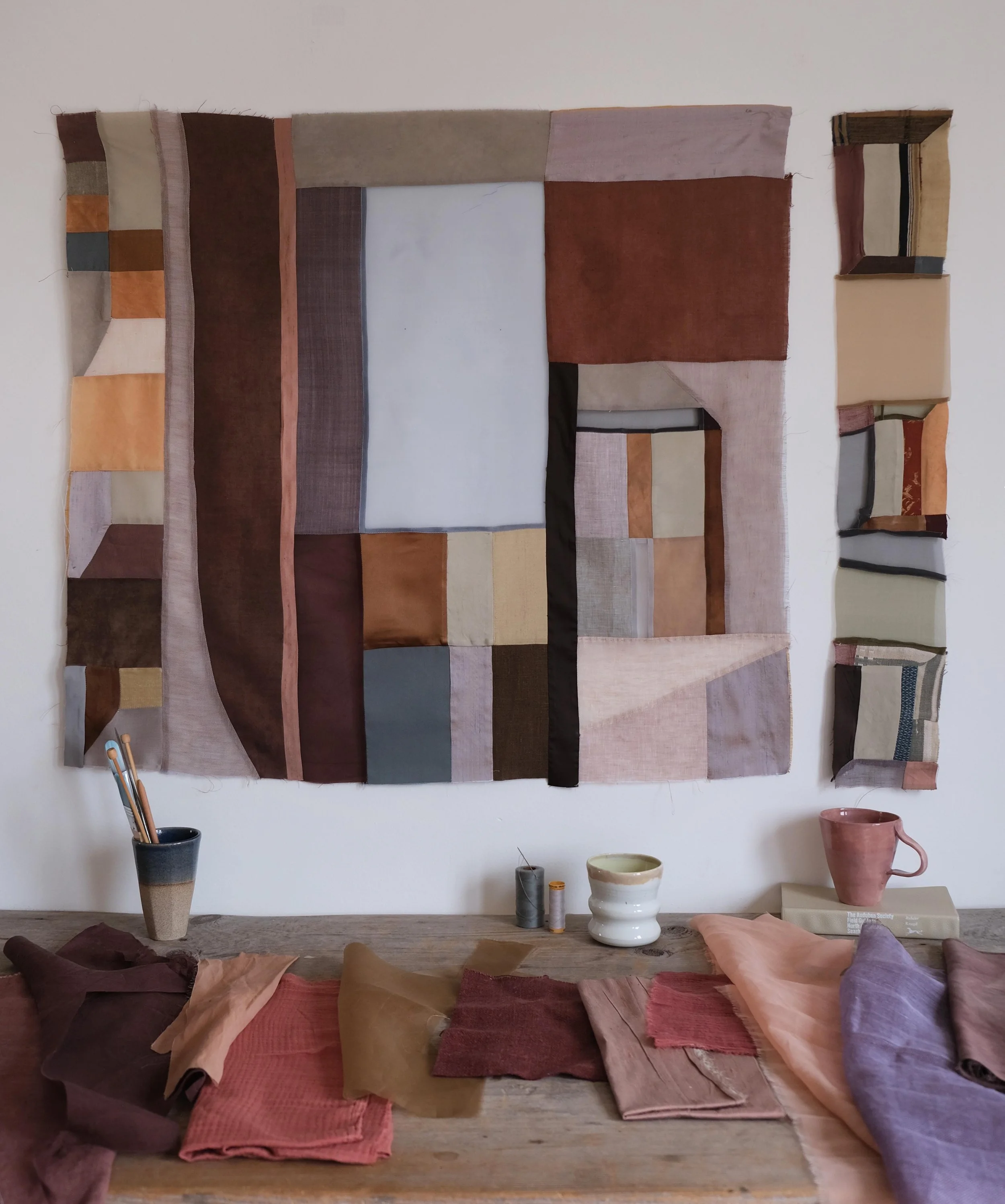
New Body of Work by Kiva Motnyk: Object & Thing at Troutbeck
In person / Exhibition / Dyeing
Troutbeck is pleased to present in collaboration with Object & Thing, a solo exhibition of fiber-based wall works by New York artist Kiva Motnyk
Motnyk spent time at Troutbeck during the summer months, collecting botanical materials from the property’s extensive gardens and partnering with chef Vincent Gilberti to re-purpose vegetable matter, such as onion skins, from the kitchen in order to make natural dyes for the works. Motnyk is deeply inspired by nature, often titling her pieces after the landscape surrounding her home in the Catskills. She approaches her work as though painting with fabric, often drawing out sketches for her color-blocked panels before beginning her stitching. For Troutbeck, Motnyk has planned a site-specific commission for the library windows, along with a new body of work for the gallery space. The opening events on September 27 will include a public talk and a natural dye workshop led by both Motnyk and longtime collaborator, Susan Cianciolo.
Kiva Motnyk’s current work in textiles reinterprets historical and cultural traditions of making through modernist abstraction and a uniquely attuned sensibility of color. The non-pictorial objects resemble paintings or stained glass, evoking a spiritual experience of the natural landscape. The works are imbued with deep origin stories of the textile’s materiality and personal narrative; each element of the composition speaks to the detailed process by which it was made.

Lecture: 京藍 Kyō-ai: The Revival of a Lost Color and Life
In person / Talk / Dyeing
In this lecture, Matsuzaki will delve into the history of indigo dyeing, cultivation methods, the process of making sukumo (fermented indigo leaves), and dyeing techniques, incorporating scientific insights along the way. This talk will be a rare opportunity for those who wish to deepen their understanding of indigo—or even try cultivating it themselves.
Note: On September 28, at Loop of the Loom-Dumbo studio, there will be a combined program of both workshop and lecture. If you wish to take the workshop, register 'Living Kyō-ai Indigo & Beeswax Resist Dyeing Workshop'.
Riku Matsuzaki is an indigo artist and craftsman who revived “Kyo-ai,” a lost Kyoto indigo dye tradition that had vanished for over 100 years. At age 22, he was struck by the term “Japan Blue” while in New York and chose to pursue dyeing after returning to Japan. He apprenticed under Yukio Yoshioka, the fifth-generation master of a 200-year-old Kyoto dye workshop. After Yoshioka’s passing, Matsuzaki began cultivating indigo on a 350 sqft plot of land using traditional, chemical-free methods. He practices a sustainable cycle where even waste dye is returned to the soil. In 2024, he was named one of Forbes JAPAN’s 30 Culturepreneurs and collaborated with Valextra, a high-end Italian leather brand.
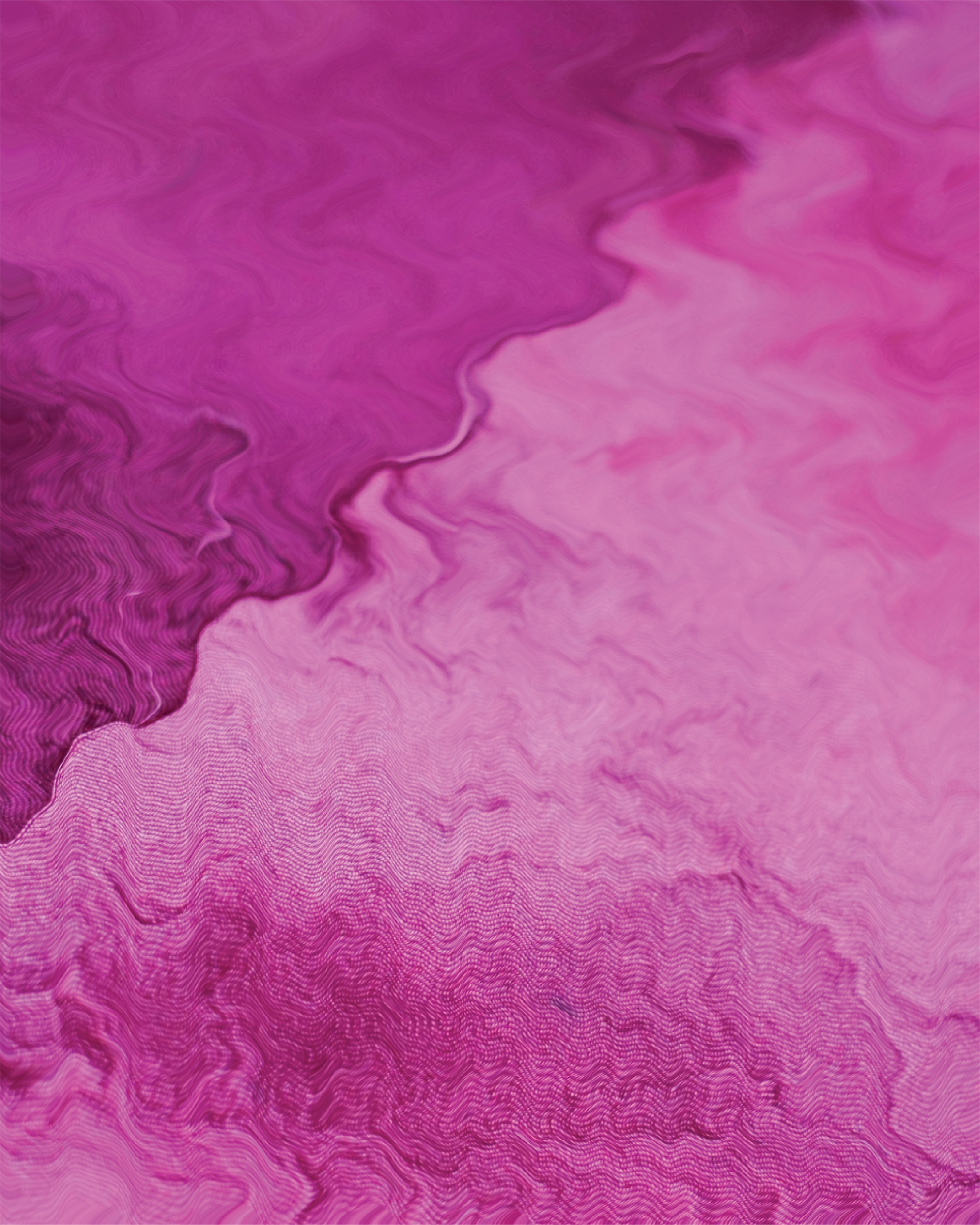
Fuerte Quebracho
In person / Performance / Dyeing
Fuerte Quebracho is a site-specific installation at an abandoned structure at Fort Tilden, a former U.S. military site on the Atlantic coast. It uses deadstock silk dyed with quebracho fuerte, a tree native to the Gran Chaco region in South America. Activation in collaboration with performance laboratory gmtc featuring a sound performance by sound artist Isaac Silber and a quebracho water distribution by Fragmentario.
María-Elena Pombo is a Venezuelan artist and researcher based in NYC. Her work is part of the permanent collection of the Art Institute of Chicago and has been exhibited at Somerset House (London), Mana Contemporary (Jersey City), Bronx Museum of the Arts (NYC), Yamamoto-Seika (Osaka), Fabbrica del Vapore (Milan), Zona Maco (México City), and more.
Pombo is artist in residence at Smack Mellon’s Artist Studio Program. She has participated in residencies and fellowships at Yaddo, Wave Hill, LMCC, the Bronx Museum, and NEW INC, The New Museum’s cultural incubator.
She won the 2021 London Design Biennale’s Theme Medal, and has received grants from Foundation for Contemporary Arts, New York Foundation for the Arts, Brooklyn Arts Council, Queens Council on the Arts, and more.
Pombo’s work has been featured in The New York Times, The Slowdown, Metal Magazine, i-D, Vogue, Forbes, and the book ‘True Colors: World Masters of Natural Dyes”.
She is faculty at Parsons School of Design, teaching and developing curriculum for studio classes with a focus on research and experimentation. Pombo was instructor at the Brooklyn Botanic Garden where she designed and taught classes on natural dyes through a decolonial and non-extractivist lens.
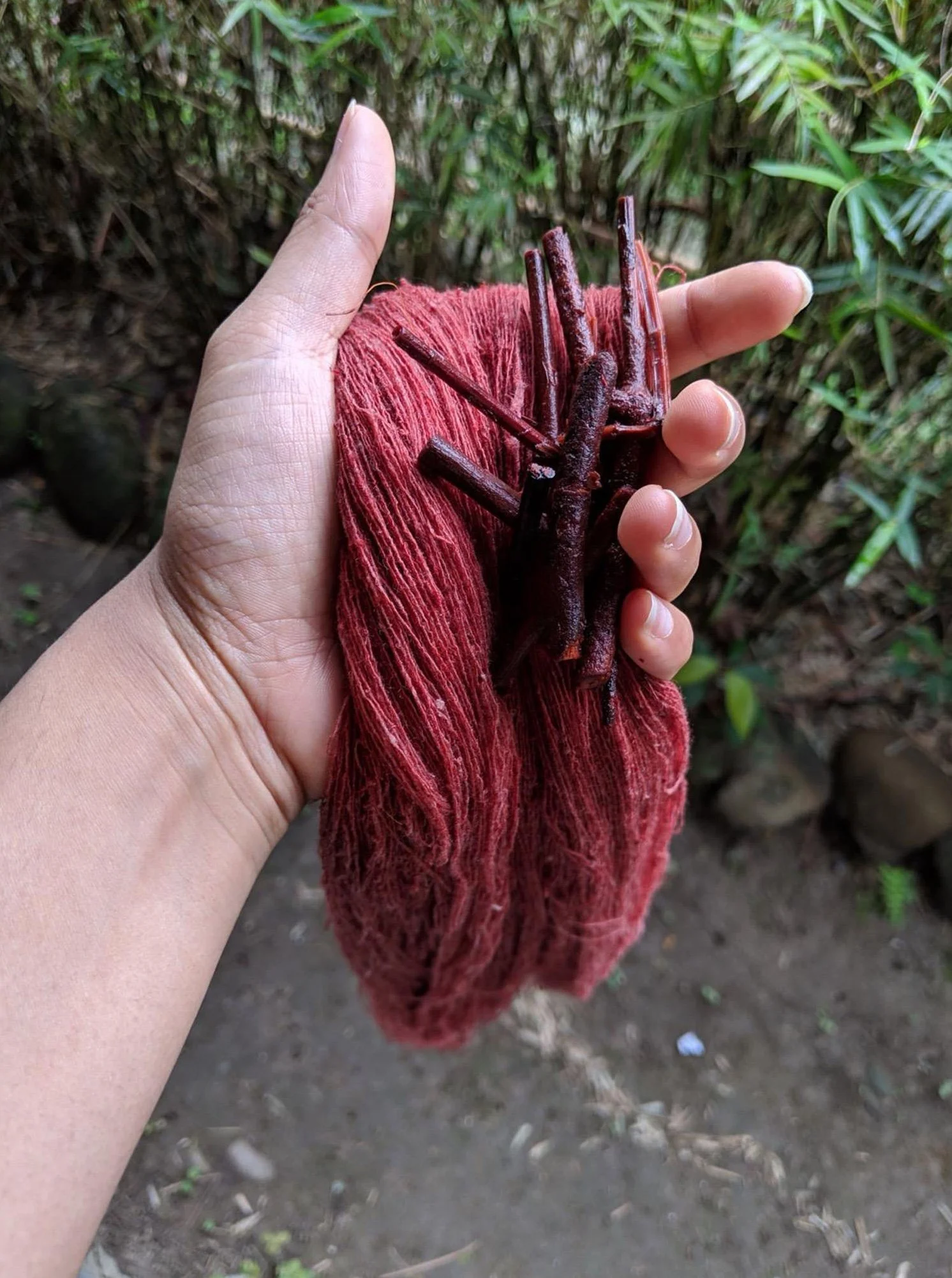
Traditional Batik with Natural Dyes: Create Your Own Bandana
In person / Workshop / Dyeing
Roots & Resist: Traditional Batik with Natural Dyes is a collaborative workshop led by textile artists Drishti Jaggi and Disha Dhadiwal. Based in New York City, Drishti brings a contemporary approach to traditional Indian craft techniques, while Disha explores diverse resist dyeing methods using natural dye sources such as seeds, roots, leaves, flowers, and minerals. Participants will learn the fundamentals of batik, discover natural dye processes, and create their own unique textile pieces. This hands-on session celebrates the intersection of heritage craft and sustainable color-making, offering an engaging experience for all ages and skill levels.
Drishti Jaggi and Disha Dhadiwal are textile artists based in New York City. Drishti's textile practice focuses on applying traditional craft techniques from India in a contemporized manner. Disha's work revolves around exploring different resist dyeing techniques using natural dye sources such as seeds, roots, leaves, flowers and minerals. This workshop is where traditional crafts meets the art of natural colors.

Natural Dyeing on Silk Workshop
In person / Workshop / Dyeing
France is headed to M.Patmos in Brooklyn, New York for a natural dyeing on silk workshop. Join her on September 20 as she shares her love and knowledge of natural dyes. You'll get to make your own silk crepe (square 24" by 24") scarf using plants and kitchen waste. Learn how to make a base color and then bundle dye your own scarf to add patterns and colors. The fee includes:
- all materials to make your own naturally dyed silk scarf
- a mini dye kit to take home
- light refreshments and snacks -
- 20% off discount code to shop Lu France Interiors
The workshop will be outdoors in the backyard of M.Patmos- a beautiful boutique in Brooklyn, NY. 358 Atlantic Ave Brooklyn, NY 11217 Sep 20 (Saturday), 1pm to 3:30pm
Born and raised in the Philippines before moving to San Diego, California after University, France Malvar is a former early childhood educator of 14 years. She built her education career teaching children from toddlers to kindergarten and developing curriculum for preschools in both the Philippines and United States. Throughout her teaching years, France also styled weddings, dove into floral design, took classes on natural dyeing, and started a business. Different threads but all driven by her creative and thoughtful forms of expressing ideas. Based in San Diego, California, France shares her love and knowledge of natural dyeing through her collections and through workshops in and out of California. Join her at her workshops and learn how to dye your own silk scarves, pillowcases, ribbons, and more using plants and kitchen waste.

Pratt Textile Dye Garden Open House
In person / Open Studio / Dyeing
Pratt Textile Dye Garden invites you to an evening of color, connection, and celebration! Join us for a tour of the garden, discover the dye plants we’re cultivating and the colors they create, learn about the different uses of natural dyes and enjoy and enjoy all-natural refreshments and treats.
How to access the Pratt Textile Dye Garden: Instructions Here
The Textile Dye Garden at Pratt Institute in Brooklyn, NY, is a living laboratory for sustainability education and natural dyeing practices.
Established in spring 2021 through The Hazel Siegel Textile Dye Garden Exploration Fund, this carefully cultivated space grows plants and flowers specifically selected for their natural dyeing properties.
Faculty and students actively engage with the garden throughout the year, documenting plant growth, harvesting dye materials, and storing them for future use.
The garden hosts regular workshops for both the Pratt community and local residents, teaching sustainable natural dyeing techniques and their applications.
Central to the garden's mission is honoring the Indigenous knowledge that forms the foundation of natural dyeing practices. We acknowledge that the garden stands on Lenapehoking territory, the ancestral homeland of the Lenape people.
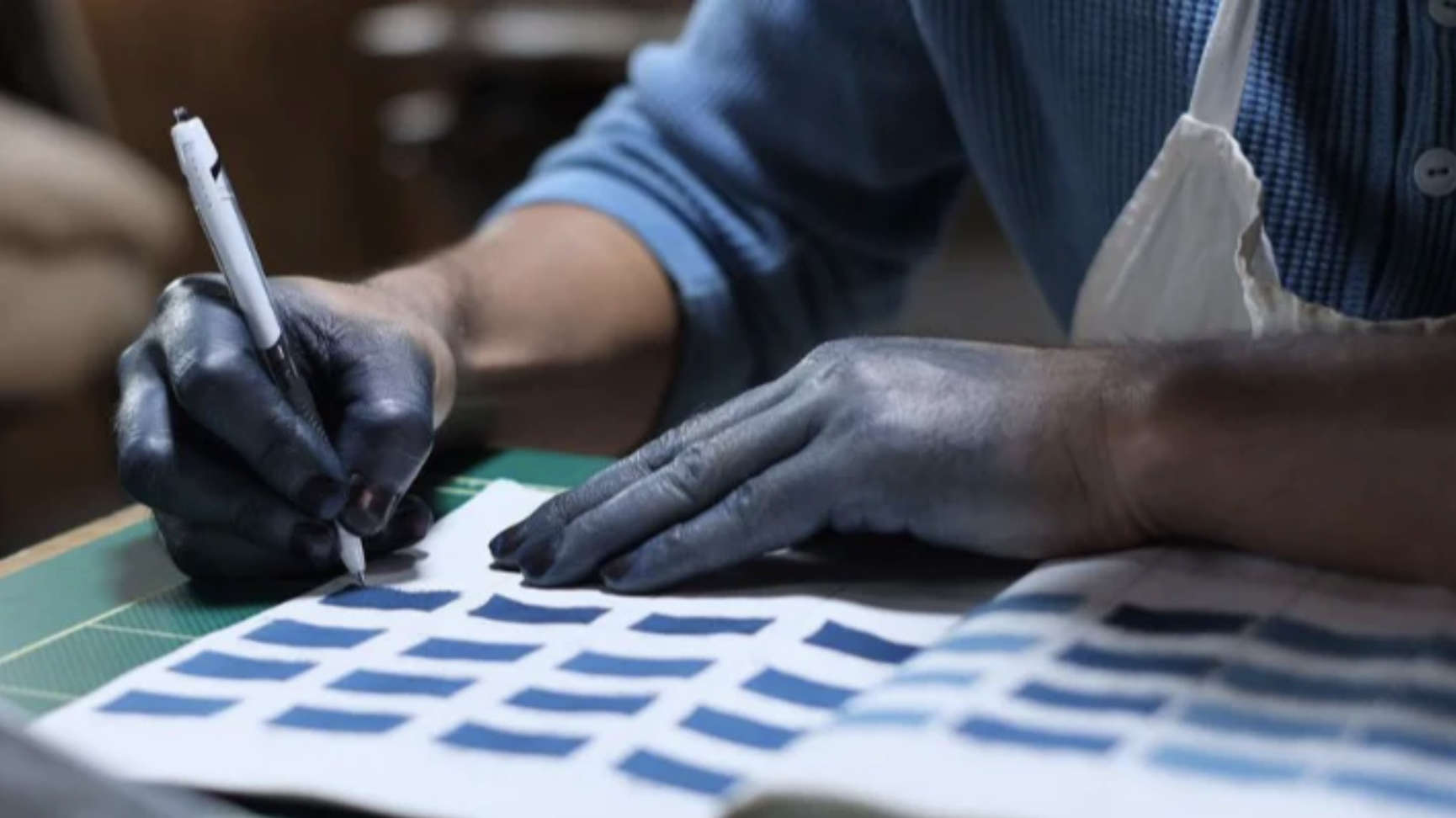
Natural World and An Exhibition of Indigo Shibori Tapestries II
In person / Multiple Activities / Dyeing
Join Next Gen Ai-shi (Japanese indigo farmer/ sukumo maker) Kenta Watanabe to get your hands blue with Japanese Sukumo Indigo. Make a shibori tenugui (Japanese bandana) with artist David Salama. Visit our Indigo Shibori Tapestries Exhibition with works by international artists including 22 Japanese masters.
MORNING WORKSHOPS
* Shibori Workshop and Dyeing in Japanese Sukumo Indigo
* Japanese Sukumo Indigo Vat Making: A Tokushima, Japan tradition using wood ash, shell lime, and wheat bran to feed microorganisms-- A Talk and Demonstration
AFTERNOON TEA WITH TALKS AND DEMONSTRATIONS
* Ikebana: the Japanese art of flower arranging
* The Art of Tea: Fresh Herbals, Sencha, Hojicha, Bancha, Oolong
* Sukumo Indigo Starter Kit and Goods Pop-up
The World Shibori Network Foundation (WSNF) endeavors to preserve and revitalize Japanese Shibori and diverse textile craft heritage techniques practiced across the globe. We support research, create opportunities for exhibitions and networking, and connect makers with markets. We curate culturally immersive educational travel programs, workshops, and local events on a global level–in Berkeley, San Francisco, Minneapolis, NYC, Australia, Bolivia, Chile, China, France, India, Japan, Mexico, the UK, and beyond. Our signature International Shibori Symposia, begun in 1992, convenes for its 12th time in September 2026 in Basel, Switzerland.
We invite you to be a part of the next global fiber arts revival that recognizes diversity in our communities.

Natural World and An Exhibition of Indigo Shibori Tapestries
In person / Multiple Activities / Dyeing
Join Next Gen Ai-shi (Japanese indigo farmer/ sukumo maker) Kenta Watanabe to get your hands blue with Japanese Sukumo Indigo. Make a shibori tenugui (Japanese bandana) with artist David Salama. Visit our Indigo Shibori Tapestries Exhibition with works by international artists including 22 Japanese masters.
MORNING WORKSHOPS
* Shibori Workshop and Dyeing in Japanese Sukumo Indigo
* Japanese Sukumo Indigo Vat Making: A Tokushima, Japan tradition using wood ash, shell lime, and wheat bran to feed microorganisms-- A Talk and Demonstration
AFTERNOON TEA WITH TALKS AND DEMONSTRATIONS
* Ikebana: the Japanese art of flower arranging
* The Art of Tea: Fresh Herbals, Sencha, Hojicha, Bancha, Oolong
* Sukumo Indigo Starter Kit and Goods Pop-up
The World Shibori Network Foundation (WSNF) endeavors to preserve and revitalize Japanese Shibori and diverse textile craft heritage techniques practiced across the globe. We support research, create opportunities for exhibitions and networking, and connect makers with markets. We curate culturally immersive educational travel programs, workshops, and local events on a global level–in Berkeley, San Francisco, Minneapolis, NYC, Australia, Bolivia, Chile, China, France, India, Japan, Mexico, the UK, and beyond. Our signature International Shibori Symposia, begun in 1992, convenes for its 12th time in September 2026 in Basel, Switzerland.
We invite you to be a part of the next global fiber arts revival that recognizes diversity in our communities.
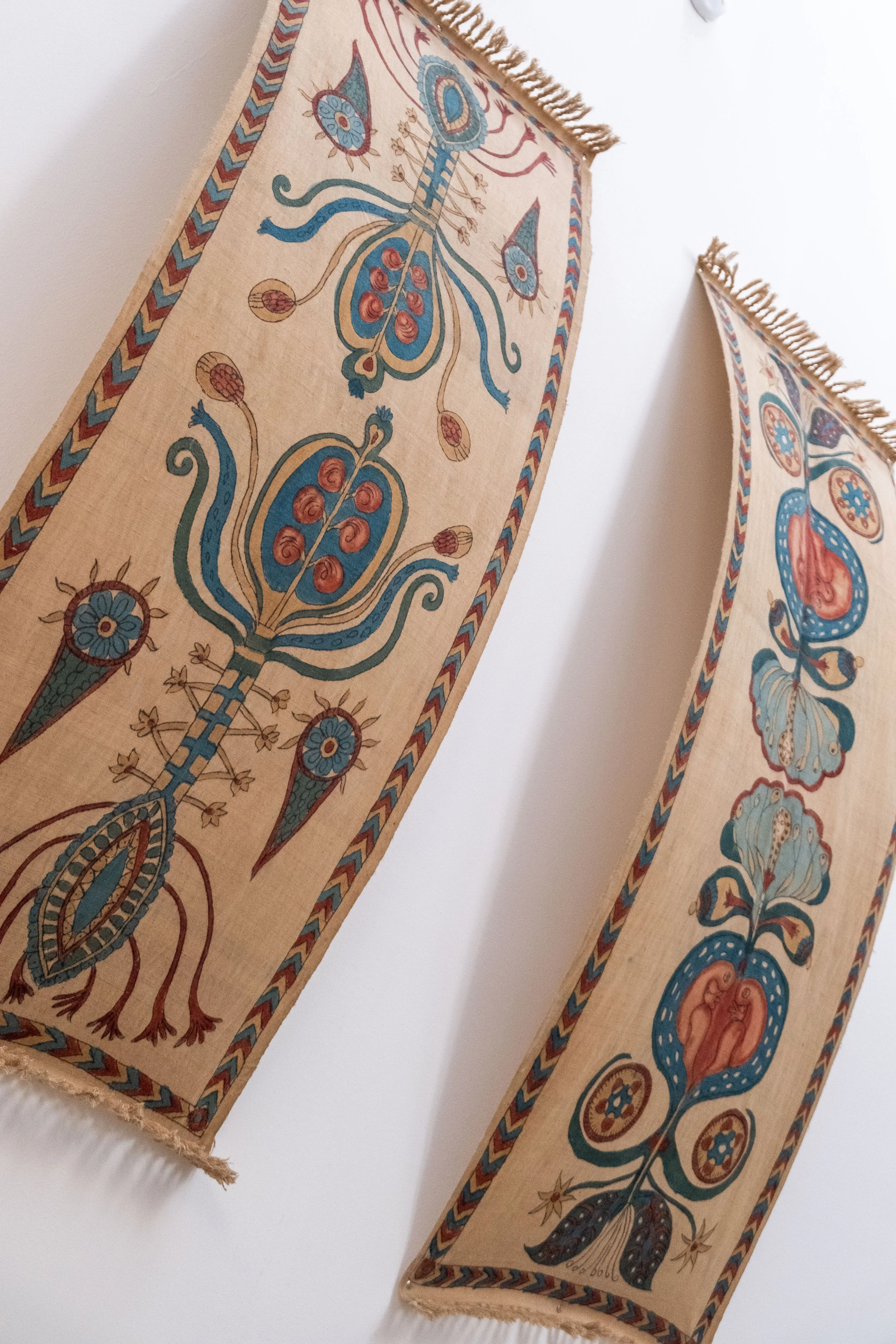
The ritual of Kalamkari: Open Studio with Nikita
In person / Open Studio / Dyeing
A contemporary practitioner of Kalamkari and one of the only working with this tradition in the U.S., Nikita Shah opens her studio for a day-long event inviting the public into her process. Kalamkari is a 23-step hand-drawn and naturally dyed textile tradition from South Asia that Shah has studied and adapted over the past decade, working closely with artisans in India and bringing the practice into her studio in New York.
Throughout the day, she will share works-in-progress, live demonstrations, and the materials and tools that make up this intricate craft. From fermented black ink and myrobalan to alum and madder. Visitors are welcome to drop in any time between 12:00pm and 6:00pm to engage with the work, ask questions, and learn how this traditional form continues to evolve in migratory lands and contemporary context.
This open studio is both a space of transparency and an invitation to slow down, observe, and connect with the tactile and narrative power of handmade cloth. It offers a glimpse into not just finished work, but also the process and thinking that sustains a living craft practice today.
Short presentations on the history of Kalamkari and Shah’s practice will be held at 2:00pm and 4:00pm.
Nikita Shah (b. Mumbai, India) is a Brooklyn-based textile artist, designer and educator working with Kalamkari, a 3,000-year-old textile tradition currently practiced exclusively in Sri Kalahasti, India. She adheres to its most traditional methods, using a bamboo kalam (pen) and natural dyes derived from minerals and plants.
While Kalamkari is often associated with Chintz, Tree of Life motifs, and the rich chay (madder) pigment, Shah’s practice focuses on its lesser-known lineage: narrative storycloths known locally as vrata pani (Telugu for “writing work”).
Her work centers self-expression, embodied memory, and collective storytelling. Drawing from intergenerational knowledge and lived experience, she explores themes such as the somatic impact of abuse, the grief of existing within patriarchal systems, and migration. Through the narrative potential of Kalamkari, she experiments with forms such as self-portraiture, abstraction, and soft sculpture - examining the medium’s reparative possibilities.
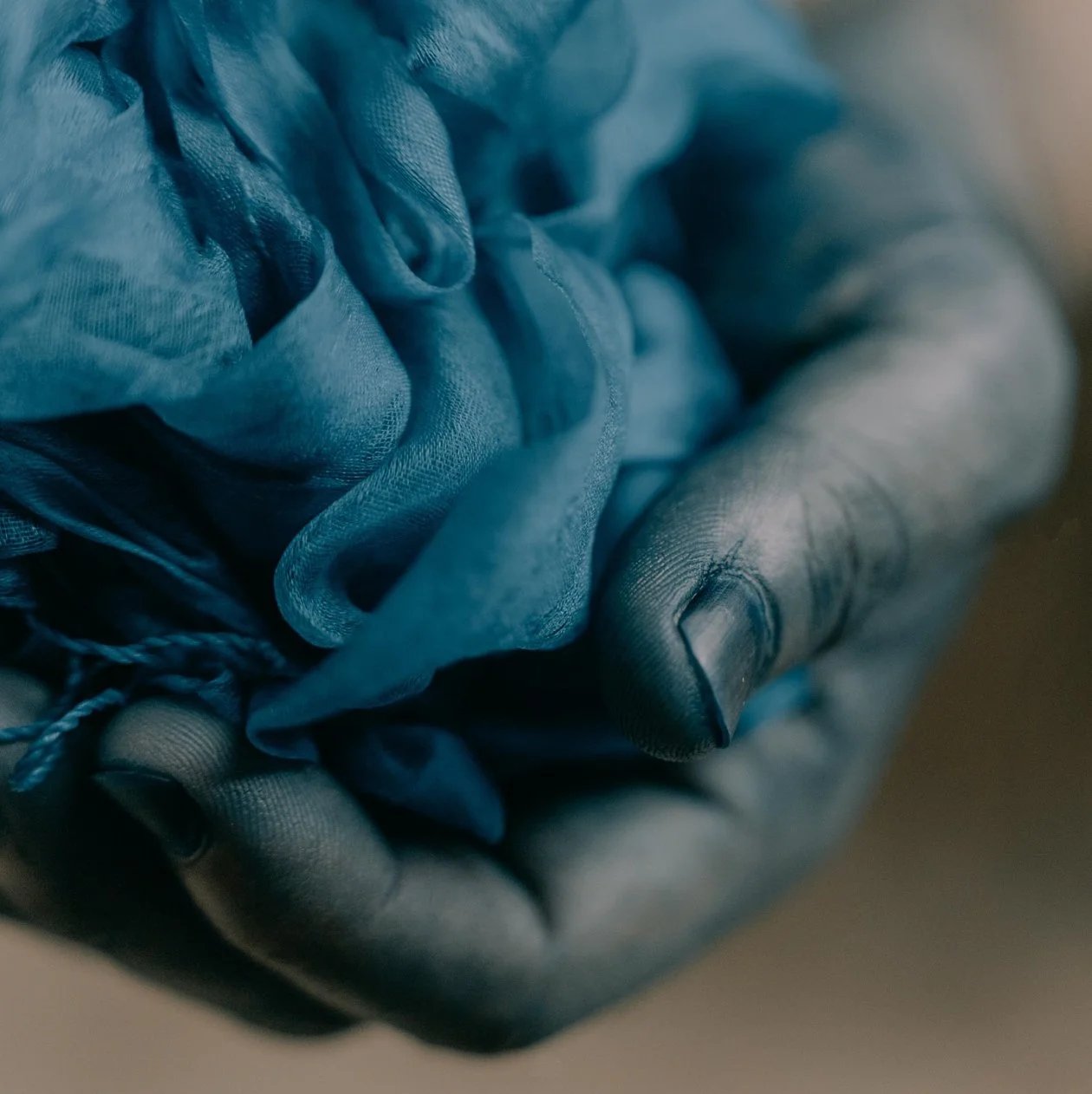
京藍 Kyō-ai: Living indigo from Kyoto by Riku Matsuzaki
In person / Exhibition / Dyeing
This exhibition explores Riku Matsuzaki’s revival of Kyoto’s lost indigo through traditional fermentation and dyeing, expressing the unseen world of microbes and the oneness of all life.
Riku Matsuzaki, a Kyoai (Kyoto Indigo) artist, has revived “Kyoai,” a once-lost indigo tradition that disappeared from Kyoto over 100 years ago. Using only water, wood ash, and tade-ai (Japanese indigo), he grows himself organic way, he brings the color back to life through traditional fermentation. His work expresses the unseen world of microorganisms—small particle-like beings—that make the deep blue of indigo possible.
Without fermentation, the liquid is nothing more than brown water. But through it, living microbes—sensitive and ever-changing—transform it into vibrant blue. Matsuzaki engages in a quiet dialogue with them each day, through shifts in scent, texture, and surface movement. “Sometimes they feel soft and gentle, other times intense—just like people, whose moods change from day to day,” he says.
With melted beeswax from native Japanese honeybees and techniques like shibori, Matsuzaki paints and dyes to express this hidden universe of life. Within a single indigo vat lies a microcosm. To him, the microorganisms living in the dye are no different from us living on Earth. “Everything is connected. Everything is one. That’s what I believe.”
At this exhibition, his works will be available for purchase, along with originally designed apparel (some available for pre-order).
No registration required.
This event also has an exhibition page, check here: Exhibition: Sept 5th - Oct 5th
Riku Matsuzaki is an indigo artist and craftsman who revived “Kyo-ai,” a lost Kyoto indigo dye tradition that had vanished for over 100 years. At age 22, he was struck by the term “Japan Blue” while in New York and chose to pursue dyeing after returning to Japan. He apprenticed under Yukio Yoshioka, the fifth-generation master of a 200-year-old Kyoto dye workshop. After Yoshioka’s passing, Matsuzaki began cultivating indigo on a 350 sqft plot of land using traditional, chemical-free methods. He practices a sustainable cycle where even waste dye is returned to the soil. In 2024, he was named one of Forbes JAPAN’s 30 Culturepreneurs and collaborated with Valextra, a high-end Italian leather brand.

